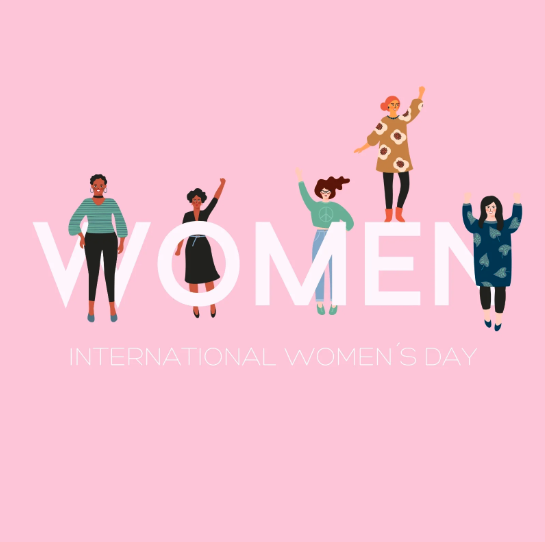International Women’s Day:
Bridging the Gap with Sustainable Fashion and Gender Equality
As we commemorate International Women’s Day, it’s imperative to reflect not only on the progress made towards gender equality but also on the challenges that persist. Sustainable fashion, particularly within the secondhand clothing industry, stands as a beacon of hope in advancing Sustainable Development Goal #5: Gender Equality. Here’s how:
1. Empowering Women Entrepreneurs: The secondhand clothing market offers a platform for women entrepreneurs to thrive. Whether running online resale businesses or managing thrift stores, or selling clothing at the market in Central America; women are leading the way in sustainable fashion. By providing economic opportunities and fostering entrepreneurship, this industry contributes to gender equality by empowering women to take charge of their financial futures and break through societal barriers.
2. Promoting Accessible Fashion: One of the fundamental principles of sustainable fashion is inclusivity. Secondhand clothing is often more affordable and accessible than fast fashion, making it an excellent option for women from diverse socioeconomic backgrounds. By ensuring that fashion is within reach for all, regardless of income or status, the secondhand clothing industry promotes inclusivity and helps bridge the gender gap in access to essential resources.
3. Championing Fair Labor Practices: Women make up a significant portion of the workforce in the garment industry, both in production and retail. Unfortunately, many women in this sector face exploitation and unsafe working conditions. However, the secondhand clothing industry champions fair labor practices by prioritizing ethical sourcing and transparent supply chains. By advocating for the rights and well-being of garment workers, particularly women, sustainable fashion contributes to gender equality by creating safer and more equitable working environments.
4. Supporting Women’s Health and Well-being: Sustainable fashion goes beyond just environmental and economic considerations; it also encompasses social and health-related aspects. Secondhand clothing encourages the reuse and recycling of garments, reducing the need for resource-intensive production processes that can harm both the environment and human health. By promoting a circular economy and reducing exposure to harmful chemicals, sustainable fashion contributes to women’s health and well-being, advancing gender equality by prioritizing the safety and dignity of all individuals in the fashion supply chain.
5. Fostering Representation and Diversity: Representation matters, especially in an industry as influential as fashion. The secondhand clothing market celebrates diversity by offering a wide range of styles, sizes, and designs that cater to women of all backgrounds. By embracing diversity and challenging traditional beauty standards, sustainable fashion promotes gender equality by empowering women to express themselves authentically and embrace their unique identities without fear of judgment or discrimination.
This International Women’s Day, let’s celebrate the transformative power of sustainable fashion in advancing gender equality and creating a more inclusive and equitable world for all. By supporting women-led initiatives in the secondhand clothing industry and advocating for conscious consumption practices, we can collectively work towards achieving SDG #5 and building a brighter future where every woman and girl has the opportunity to thrive.

